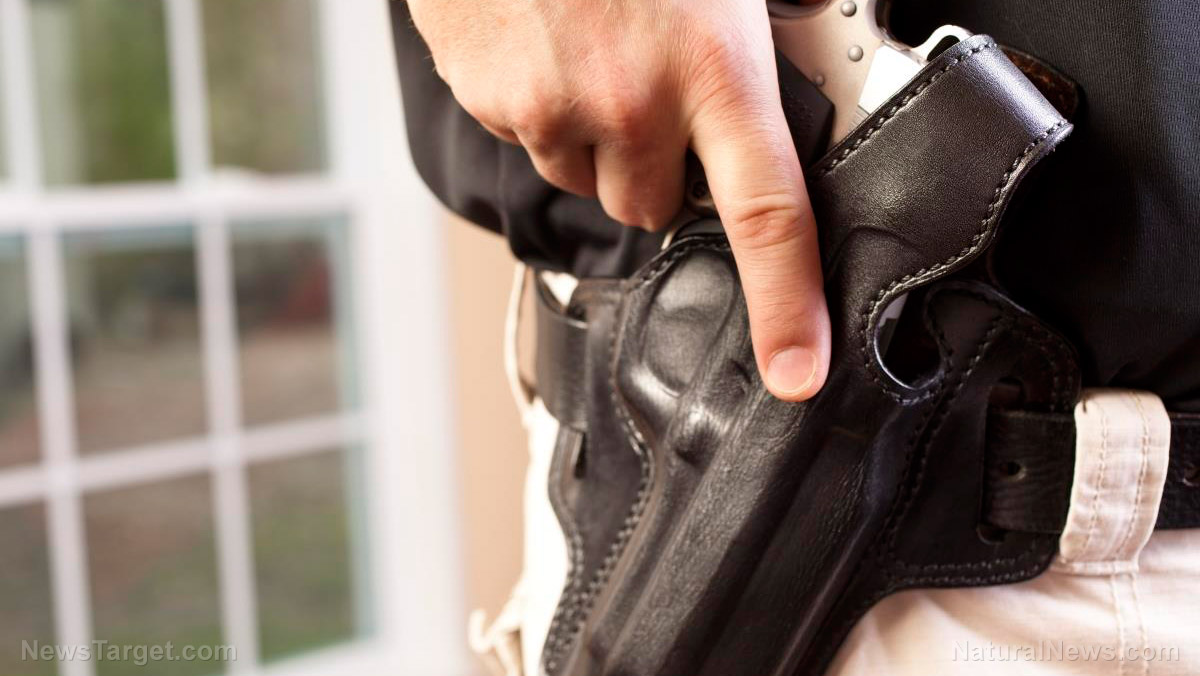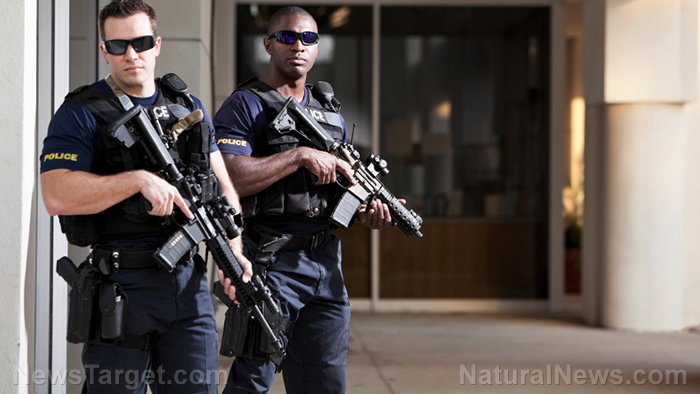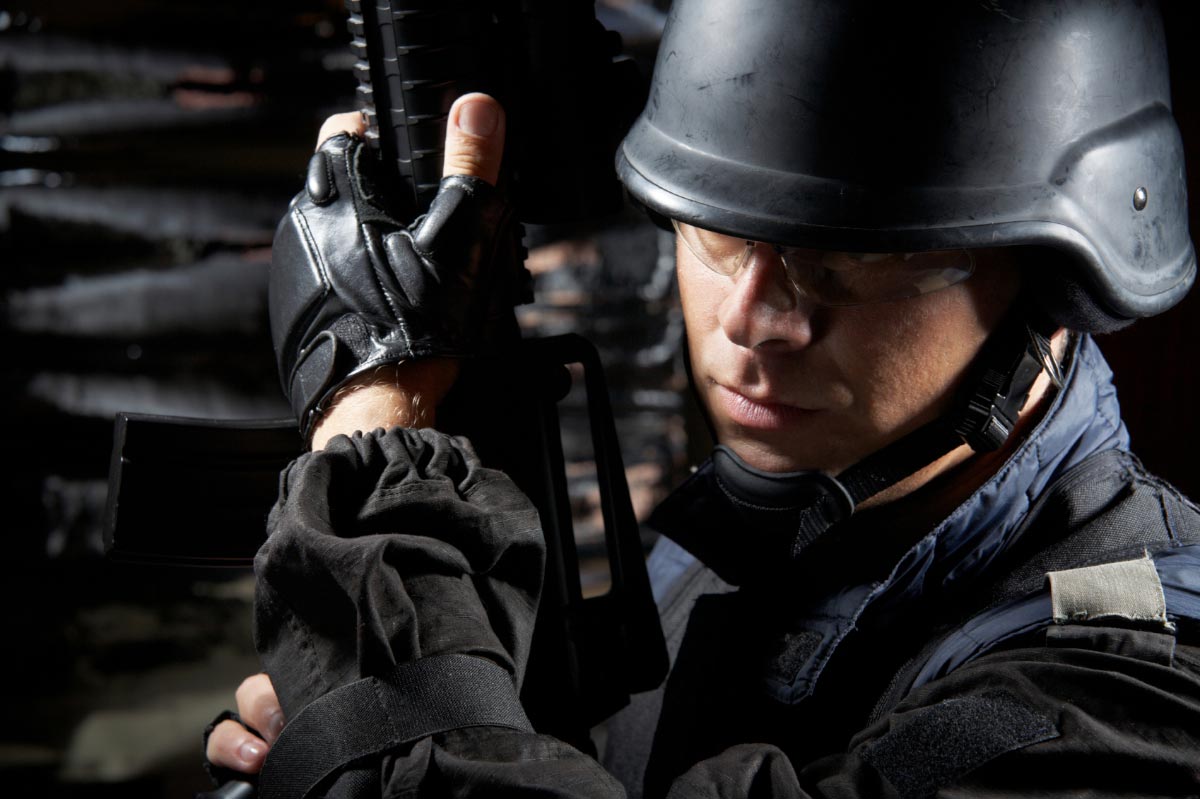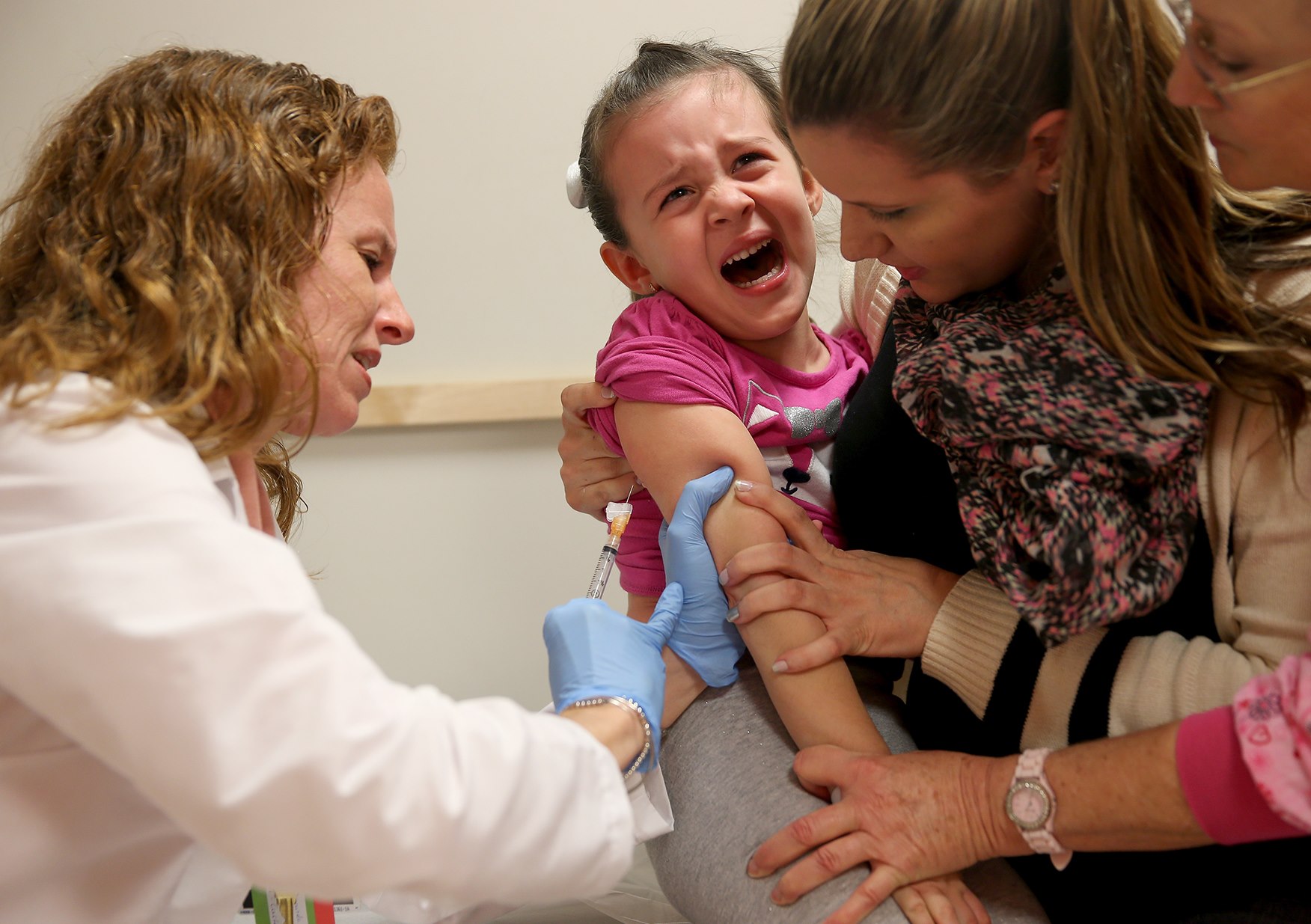What every woman needs to know before carrying a concealed weapon
04/11/2018 / By Jessica Dolores

Statistics on sexual violence against women have always been alarming. In the U.S. alone, there have been around 17,700,000 victims of rape since 1998. Thirteen percent of rape survivors attempt suicide. Just as alarming is the fact that almost all — or 99 percent of those responsible for sexual violence — will get off scot-free.
This makes it even more urgent for women — especially those who drive alone or walk all alone at night — to defend themselves at all costs.
You can’t blame women for concealing a firearm in their clothes, purse, or elsewhere in their body for self-protection. But the decision to carry a pistol comes with responsibility. In the hands of an irresponsible owner, a firearm is dangerous, even fatal. That’s why gun owners must be mentally and physically prepared to handle firearms.
First, they must feel comfortable handling the concealed weapon to the point of becoming a competent shooter. They need to undergo training on many things — like shooting a moving target. Those who can’t find time to train on the shooting range are better off without a concealed gun.
Gun owners must also be alert about their surroundings. This lets them react fast to what’s going on around them to avoid trouble.
Picking your gun
A good firearm can spell the difference between life and death. Many indoor ranges allow you to try before you buy. Compare different models. Your fingers must be able to wrap themselves comfortably around the trigger. Make sure the gun’s weight and the size are manageable for you. Check for raw edges that can rub against skin and irritate it. This gives you the confidence you need in handling the weapon. You don’t want to fumble when the assailant is hurtling towards you, do you? (Related: Why more women are joining gun clubs to learn self-defense skills.)
Sponsored solution from the Health Ranger Store: Lab-verified Nascent Iodine solution is a dietary supplement that provides your body with supplemental iodine to help protect your thyroid during radiation exposure. Nuclear accidents such as Fukushima (or nuclear war) can expose your body to radioactive iodine-131, a dangerous radioisotope. Pre-loading your system with stable iodine occupies the iodine receptor sites on your organs, causing your body to naturally expel radioactive iodine you may have been exposed to through air, food, water or milk products. This defensive strategy is recommended by nearly all health authorities, worldwide, including the Nuclear Regulatory Commission. Discover more at this link.
Is the holster easy to hide in every day clothes? Is it comfortable to wear?
Choose a firearm with a standard-capacity magazine. Something with a smaller capacity may not help you when danger is near.
Carrying the gun
Once you’ve chosen the right firearm for you, it’s time to decide how you’ll carry it. You have two choices for every day use: on-body or off-body.
Choosing the on-body carry requires you to dress around your handgun. Be careful not to over-conceal the weapon, however, since you might have a hard time pulling it from the holster when the need arises. You’ll need easy access to your firearm to protect you in times of danger.
Shop around for belt holsters, concealed bellybands, bra and ankle holsters and other kinds available in the market. The fashion industry has included this idea of concealment in designing shirts, shorts, leggings, jackets and even underwear. This way, women can stay fashionable while concealing a firearm.
Invest in a quality holster that covers the trigger. The holster must also fit your handgun snugly. This allows for good retention and easy access. You’ll spend more, but the trade-off in terms of safety is worth more than the extra dollars you’ll spend.
Women who prefer the off-body option, on the other hand, have a whole range of accessories to choose from: bags, purses, backpacks, fanny packs, planners etc. No matter which option you take, always be in control. Think of the gun container as an extension of yourself. If the bag has a strap, wear it across your body to keep the assailant from grabbing it from your shoulder.
Make sure your firearm is holstered to keep a stray object from getting into the trigger guard. Your weapon should have a built-in holster for easier access. Position your gun muzzle down, ready to draw, and point to its target.
It’s not enough to own a firearm. You must be good in using it when the need arises. Reading about how to handle it and watching YouTube videos won’t do. You have to go out there and train.
Start your dry-fire practice at home. With your pistol chamber empty, the magazine removed and the gun in another room, you can build muscle memory, good habits, and confidence in the comfort of your home. Dry practicing allows your body to develop routines that become part of you. Practice drawing from your concealment holster, aiming at your target, pulling the trigger, doing an after-action assessment and putting the gun back to the holster.
You learn more from frequent, short practice sessions than long, infrequent ones. Amateur gun owners and those handling a firearm for the first time, need professional training at the start. This keeps them from developing bad habits, only to break them later.
Hit the range once you’ve gotten used to handling your firearm by practicing often at home. Live-fire practice lets you apply what you’ve learned at home and get used to the action and sound of your handgun. This may be hard for women amateur shooters at first. But constant practice will help them gain confidence. Shorter, frequent practices will fast-track the process.
Now’s the time to check if your at-home practice worked. You should hit your target. Study your shooting and be open to spending more time at the range to improve your skills.You can also take handgun classes.
Self-defense is a must for women on the go. It will also teach you independence, self-mastery, and develop the confidence you need to cope with day-to-day challenges.
Read more at Guns.news.
Sources include:
Tagged Under: ankle holsters, belt holsters, bra holsters, conceal carry, concealed bellybands, concealed weapon, crime, crime prevention, dry practicing, firearm training, firearms, guns, personal safety, personal security, Second Amendment, self-defense, survival, training, women, women's health




















